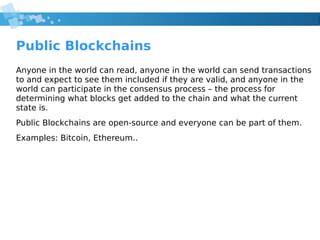Determining Input Type on Ethereum Exchanges: Understanding Block Explorer’s Approach

As a user of online cryptocurrency exchanges like Coinbase, Binance, and Kraken, you may have come across input fields that allow you to input addresses, transaction IDs, or block IDs. However, what goes on behind the scenes? How do these platforms determine whether your input is in fact an address, transaction ID, or block ID?
In this article, we’ll dive deeper into how sites like Block Explorer ( and others approach identifying the type of input you’re inputting.
Address Input: A Simple Case
When it comes to addressing cryptocurrencies like Ethereum, a standard format is used. Addresses are typically represented as a hexadecimal string, with each group separated by a colon (:) and preceded by ‘0x’ or ‘0X’. This format is easy for developers to understand and use.
The Block Explorer input field uses this standard address format, allowing users to easily enter Ethereum addresses. When you enter an address into the Block Explorer input field, it will be converted to a hexadecimal string, making it clear whether your entry is in fact an address or not.
Transaction ID Input: A Different Story
On the other hand, transaction IDs are unique identifiers used for transactions on the blockchain. They are usually represented as a hexadecimal string with specific length requirements (e.g. 32 characters). Transaction IDs are typically generated using algorithms that create random numbers and transform them into a specific format.
The Block Explorer input field for transaction ID entries is more complex than the address entry. You will need to enter a transaction hash, which can be obtained by fetching the most recent block or a specific block using the eth_blockNumber function in the Ethereum API. The platform then takes this transaction hash and generates a new one in its own format, converting it to hexadecimal.
Block ID Input: A Complex Case
When you enter a block number into the Block Explorer platform, there is no straightforward way to determine whether your input is in fact a block ID or not. This is because Ethereum has a complex internal structure that includes multiple block types, such as:
- 0x0000: The genesis block (the first block in the blockchain)
- 0x0010–
0x9FF: Regular blocks
- 0xAAB–
0xBFF: Special blocks with specific properties (e.g.0x2a...) that have not yet been implemented
Without more context or information about your request, it is challenging to determine whether the input is a block ID or not.
Conclusion
While Block Explorer’s input fields have their limitations when it comes to identifying transaction IDs and block IDs, the platform provides some guidance by using a standardized address format. For transaction IDs, users need to know how to get the most recent block or specific block number and then enter that hash into the input field.
In general, if you are unsure whether your input is an address, transaction ID, or block ID, it is always best to consult a developer or engineer familiar with Ethereum and its internal structures.
